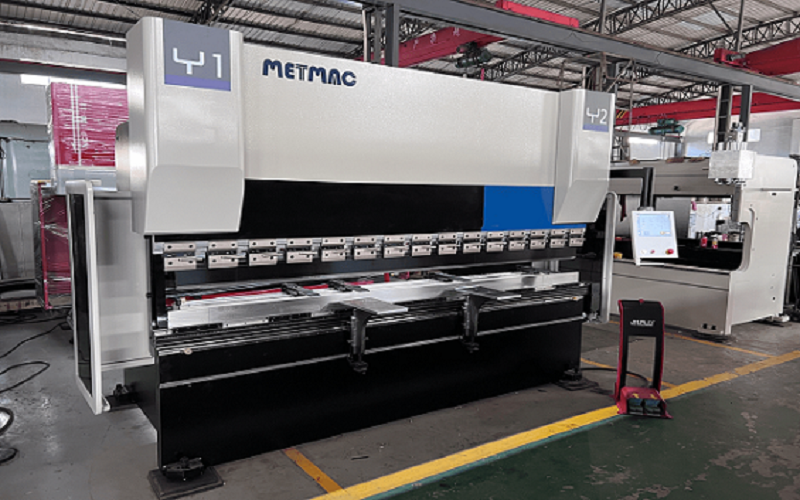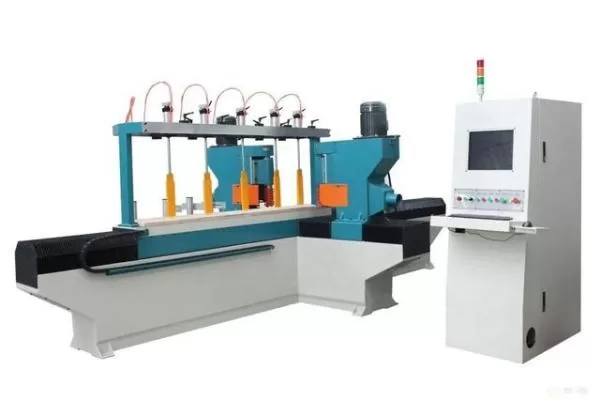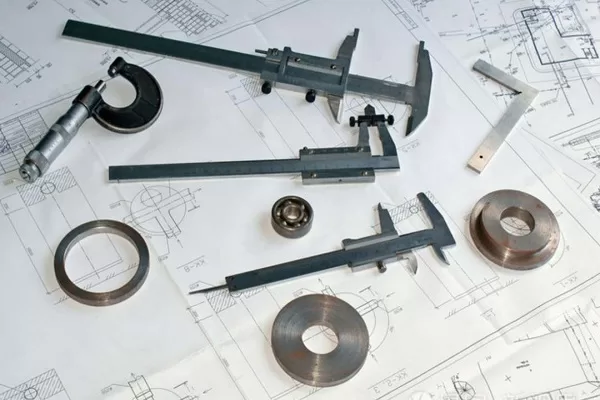
The Evolution of Duct Folding Machine Technology
- By:Metmac
- 2024-07-24
- 67
Duct folding machines are vital tools in the HVAC industry, used to create rectangular and round ducts for air distribution systems. Over the years, this technology has undergone significant evolution, driven by advancements in materials, design, and automation. Here’s a comprehensive examination of the key aspects of duct folding machine technology’s evolution:
Materials
Early duct folding machines were primarily constructed from mild steel, which was durable but prone to corrosion. As technology advanced, stainless steel became the preferred material due to its corrosion resistance and improved strength-to-weight ratio. Subsequently, aluminum emerged as an even lighter and more corrosion-resistant option, making machines more maneuverable and efficient.
Design
The design of duct folding machines has evolved to enhance their capabilities and ease of use. Compact models with smaller footprints became available, allowing for installation in tighter spaces. Ergonomic improvements, such as adjustable working heights and improved controls, promoted operator comfort and reduced fatigue. Additionally, modular designs enabled customization, allowing users to tailor machines to specific production needs.
Automation
Automation has played a pivotal role in the evolution of duct folding machine technology. Automated machines, controlled by advanced software, can perform folding, shearing, and notching operations with precision and speed. This automation reduces human error, improves productivity, and allows for more consistent and accurate results.
Folding Mechanisms
The folding mechanisms of duct folding machines have seen significant advancements. Pneumatically powered systems replaced manual folding, increasing speed and reducing the physical effort required from operators. Hydraulic systems provided even greater power and precision, enabling the folding of thicker materials and complex shapes. Servo-electric folding mechanisms emerged as the most advanced option, offering high accuracy, energy efficiency, and the ability to fold intricate geometries.
Digital Controls
The integration of digital controls has revolutionized duct folding machine technology. Intuitive touchscreens provide user-friendly interfaces, allowing for easy setup, parameter adjustments, and monitoring of machine performance. Advanced software enables the creation and storage of folding programs, simplifying the production of custom ducts. Additionally, remote monitoring capabilities provide real-time data on machine utilization and maintenance requirements.
Conclusion
The evolution of duct folding machine technology has been marked by advancements in materials, design, automation, folding mechanisms, and digital controls. These improvements have enhanced machine capabilities, increased productivity, reduced human error, and improved overall efficiency. As technology continues to evolve, duct folding machines will become even more sophisticated and versatile, further supporting the HVAC industry in meeting the demands of modern building construction and maintenance.
-
The Advantages of Using a Sheet Roll Forming Machine in Manufacturing
2024/09/14 -
How to Optimize Your Laser Sheet Cutting Machine for Maximum Performance
2024/09/12 -
How to Maximize Efficiency with Modern Sheet Metal Working Machines
2024/09/04 -
The Environmental Benefits of Using Duct Board Grooving Machines
2024/09/03
-
A Guide to the Latest Innovations in Sheet Metal Folding Machines
2024/11/29 -
Key Features to Consider When Investing in a Sheet Metal Folding Machine
2024/11/28 -
Enhancing Precision with Advanced Sheet Metal Folding Machines
2024/11/27 -
How to Choose the Right Sheet Metal Folding Machine for Your Workshop
2024/11/26



